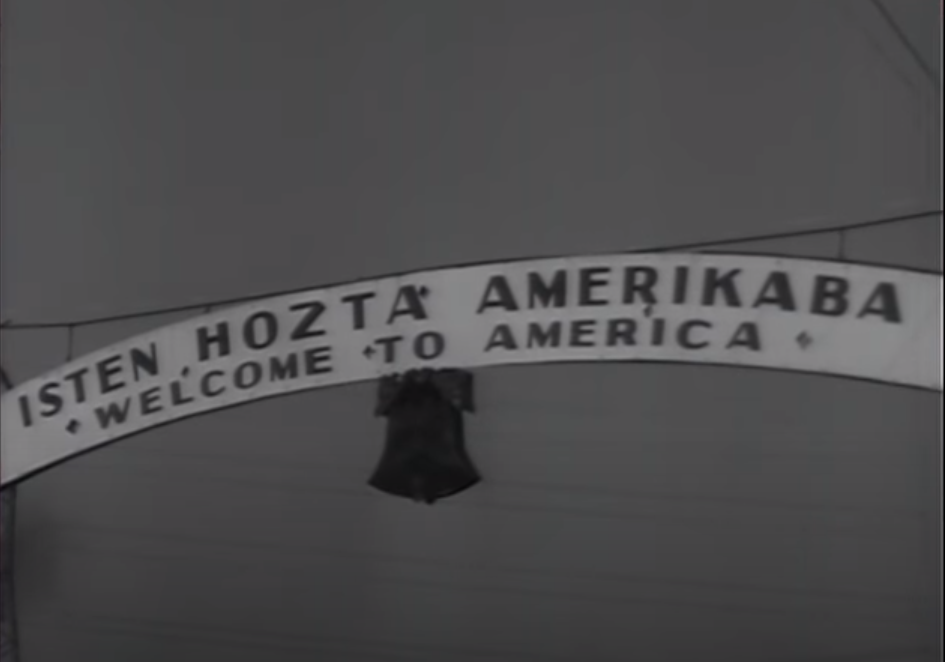In 2018 I attended a United Way Finance, Talent, & Technology conference in Houston, TX. Being the sort of personal branding/marketing savvy person that I am, I posted extensively about the event on our new corporate Facebook site before I got there.
So it should have been no surprise that at lunch on the first day, I hear someone I didn’t know yelling my name from across the room.
It was Liz, a Hungarian American from New Jersey who lived near Camp Kilmer growing up in the 50s. I’d never heard of the place; only to learn from her that ALL the Hungarian refugees in 1956-57 were processed there and then sent to new places around the U.S. Suddenly I had another puzzle piece in the mystery of my Father’s life before Muskogee, OK.
Like most of the Greatest Generation, Dad didn’t talk much about his life before, punctuated as it was growing up before WWII, and the violence of having your hometown/area near the Russian border become the front lines of the conflict. You could call it PTSD surely: he did mention how he was captured by the Russians as a teen during WWII and made to drive a team of oxen, hauling cannon, and eventually escaping. So it’s become an occasional research project of mine to fill in the gaps. I’ve posted about his involvement in the uprising in Mosonmagyarovar, my DNA search and where Hungarian myth and fact meet, and even the brief shining period where my dinner table felt as cosmopolitan as the capitals of Europe. But now, armed with this new name I could dig some more:
- after leaving Hungary (most probably via the Bridge at Andau, where almost 150,000 Hungarians crossed into Austria before the Russians blew it up), Dad wound up at Camp Roeder, outside Salzburg. I can’t recall if we looked for it in 1981 when we were there or not.
- the U.S. agreed to take 34,000 refugees (Canada took 33,500), so I can assume that Dad traveled by train to Bremerhaven, Germany. I’ve learned lately that he was among the first 1,750 to travel to the U.S. on board the USNS General Leroy Eltinge. The ship could hold up to 3,000 soldiers but had been converted so ~450 families could travel in private rooms while the 1,300 singles slept in conventional troop bunks.
- the U.S. Army was in charge of preparing Camp Kilmer for its’ new role as a refugee resettlement center, and they made a video about it which was apparently shown on TV.
I’ve also come across my Dad’s Naturalization application. When he applied to Officer Candidate training in the Hungarian Army, it was strongly suggested that he join the Communist Party. He said that he became disillusioned with the party as not being in the people’s best interest. As you can imagine, this was a problem in the U.S. during the Cold War — he actually rescinded his application in 1962. In the next 5 years, he gave speeches to civic groups vilifying communism. After the 10-year window since his party membership had passed, he resubmitted his application and was approved.
‘* “Welcome to America” in Hungarian — the sign at the entrance to Camp Kilmer.

UPDATE: Regarding Camp Roeder, it was created by the 350th Infantry Regiment as their Tactical Command in 1951. We did in fact try to find it in 1981. We drove around so many times, a local _politzei_ stopped us to ask what we were doing. Unfortunately, he was young and had no knowledge of it by that name. It’s now the Bundesheer Rainerkaserne just outside Salzburg, in Glazenbach.